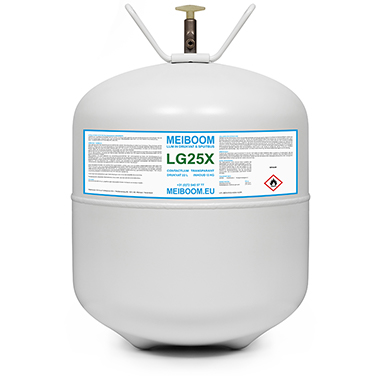Heat-resistant adhesives are an essential component in a variety of industries where materials must endure high temperatures without compromising their bond strength or performance. These adhesives are engineered to maintain their integrity in extreme heat, ensuring that they can withstand the stresses and demands of industrial processes, automotive applications, electronics, and even aerospace technologies. One of the defining characteristics of heat-resistant adhesives is their ability to resist thermal degradation. Under high-temperature conditions, most standard adhesives break down, losing their bonding capability. In contrast, heat-resistant adhesives are designed with advanced polymers, resins, and curing agents that allow them to maintain their structure and adhesion properties even in environments where temperatures soar beyond typical limits. The specific materials used in these adhesives, such as silicone, epoxy, polyurethane, or polysulfide, are selected for their thermal stability, which allows them to operate in environments that reach up to 300°C 572°F or higher.

These adhesives are commonly used in industries where heat exposure is inevitable. In the automotive sector, for instance, heat-resistant adhesives are crucial for bonding parts in engines, exhaust systems, and other high-temperature areas. The adhesives not only withstand the heat but also resist the vibrations, moisture, and chemicals present in the automotive environment. Similarly, in the electronics industry, adhesives used in the manufacturing of circuit boards and other components must endure the heat generated during operations without losing their adhesive properties, which could lead to component failure. In aerospace and aviation, heat-resistant adhesives are indispensable for maintaining structural integrity in environments where materials are exposed to extreme temperature fluctuations, such as during takeoff and landing or in space applications. These adhesives often need to offer additional properties like resistance to fuels, oils, and other harsh substances while providing high shear and tensile strength to ensure reliability in critical applications.
Aside from thermal stability, heat-resistant adhesives must also exhibit other key features. They should have strong bonding capabilities to a wide range of substrates, such as metals, ceramics, glass, and plastics. Many heat-resistant adhesives are also designed to be resistant to environmental factors such as moisture, UV radiation, and chemical exposure. These properties make them versatile and reliable in various applications, including sealing joints, assembling parts, and providing insulation. One of the most significant advantages of Hittebestendige lijm is their ease of use compared to mechanical fastening methods such as welding, riveting, or bolting. Adhesives can be applied quickly and precisely, allowing for more complex and intricate designs. They can also distribute stresses more evenly across the bonded surfaces, reducing the likelihood of fatigue or failure at the joint. This makes heat-resistant adhesives particularly valuable in industries where weight reduction and space optimization are critical.
